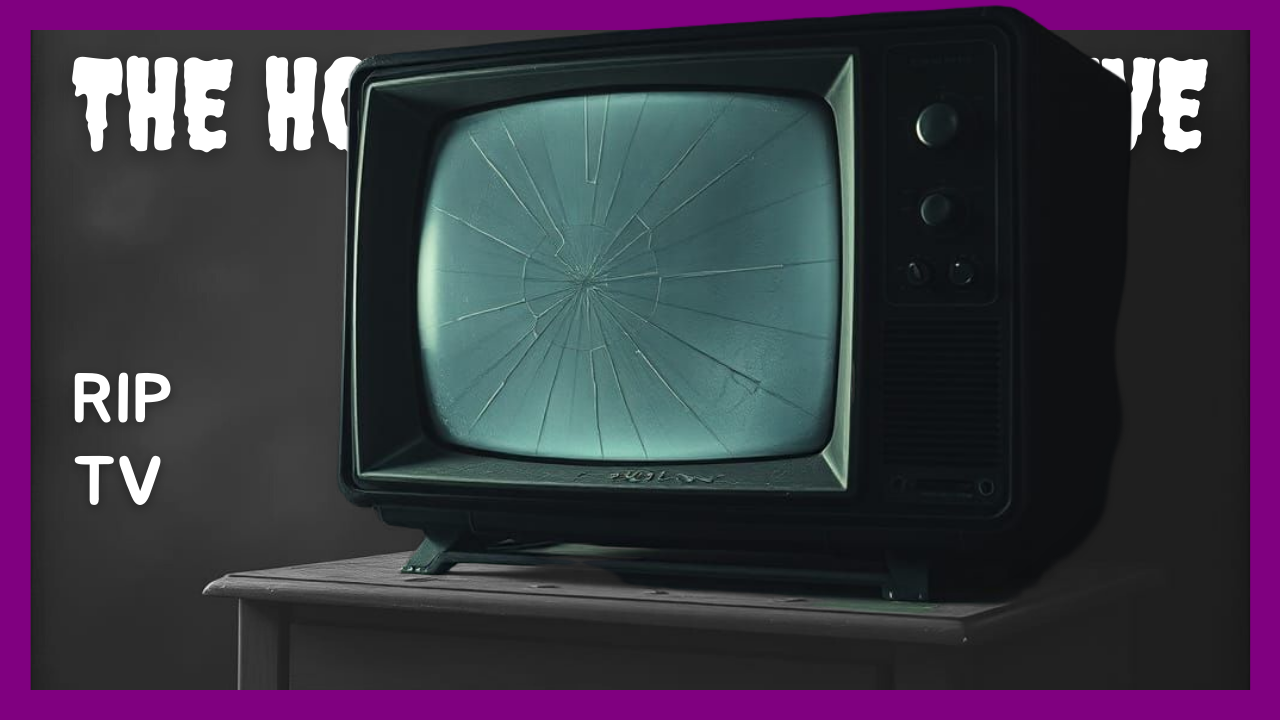For decades, traditional linear broadcast television was the dominant force in home entertainment. Families gathered around their screens at designated times, waiting for their favorite shows to air. Networks dictated the viewing schedule, and commercials were an unavoidable part of the experience. However, with the rapid rise of digital media and streaming platforms, the era of linear TV is coming to an end. The shift is undeniable, and the reasons behind it are as clear as the high-definition streams that have replaced static-filled antennas.
The Rise of Streaming Platforms
The most significant factor in the decline of linear television is the emergence of streaming services. Platforms like Netflix, Hulu, Disney+, and Max (formerly HBO Max) have revolutionized how people consume content. Instead of adhering to a rigid schedule, viewers can now watch what they want, when they want, and without commercial interruptions (for a premium price, at least). This flexibility has made traditional network television feel outdated and inconvenient.
Additionally, streaming platforms offer vast libraries of content, including original productions that rival or surpass network programming. Shows like Stranger Things, The Mandalorian, and Squid Game have become cultural phenomena without ever being broadcast in a traditional linear format.
Changing Viewer Habits
Consumer habits have drastically shifted, especially among younger audiences. The days of appointment television—where viewers structured their schedules around a TV guide—are largely over. Instead, people now prefer on-demand access, binge-watching full seasons in one sitting, or consuming short-form content on platforms like YouTube and TikTok.
Furthermore, mobile devices and smart TVs have made television-watching more portable and personalized. Viewers are no longer tethered to a living room couch but can stream content on their phones, tablets, or laptops whenever it suits them.
The Decline of Network Advertising Revenue
Traditional broadcast television has long relied on advertising revenue to survive. However, with declining viewership and the ability to skip ads on digital platforms, advertisers are reallocating their budgets to online and social media campaigns. Companies are investing more in influencer marketing, targeted social media ads, and sponsorships on streaming services, further weakening the financial foundation of linear television.
The Cord-Cutting Phenomenon
Cable television, which once seemed like the next step in TV’s evolution, is now suffering the same fate as traditional broadcast networks. The high cost of cable subscriptions, combined with the appeal of more affordable and customizable streaming options, has led to massive cord-cutting. Millions of households have canceled their cable packages in favor of streaming services, live TV apps, and digital antennas.
The Future: Streaming and Beyond
The demise of linear television doesn’t mean that television itself is dying—far from it. Instead, it’s evolving into a more personalized and digital experience. Even major networks like NBC, ABC, and CBS have adapted by launching their own streaming services (Peacock, Hulu, and Paramount+, respectively). Live sports and news, two of the last bastions of linear TV, are also making the shift, with platforms like Amazon Prime and YouTube securing major sports broadcasting rights.
Conclusion
The traditional linear television model is on life support. Streaming services, evolving consumer habits, and shifting advertising trends have all contributed to its decline. While some audiences, particularly older generations, may still cling to the familiarity of scheduled programming, the writing is on the wall: the future of television is digital, on-demand, and shaped by viewer choice rather than network schedules. The golden age of linear TV has come to an end, and a new era of media consumption has taken its place.


Comments powered by CComment